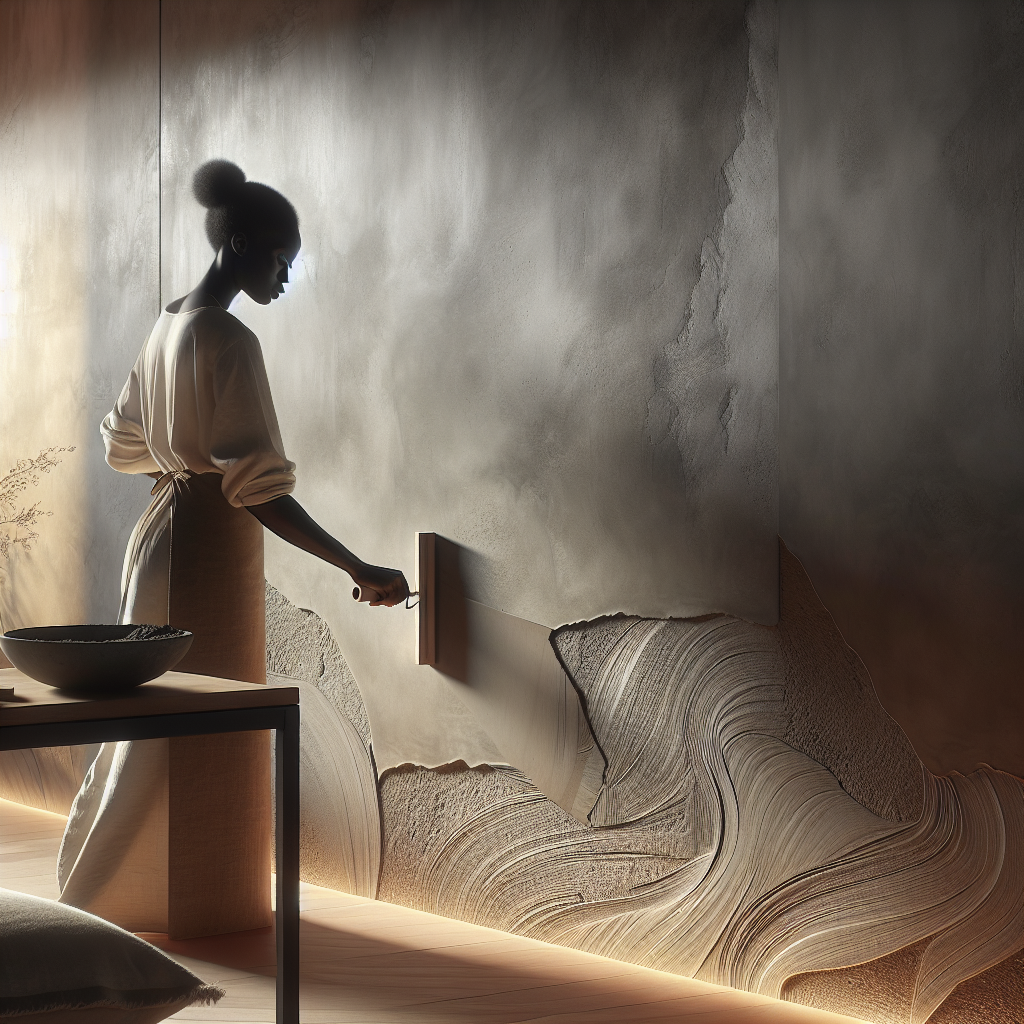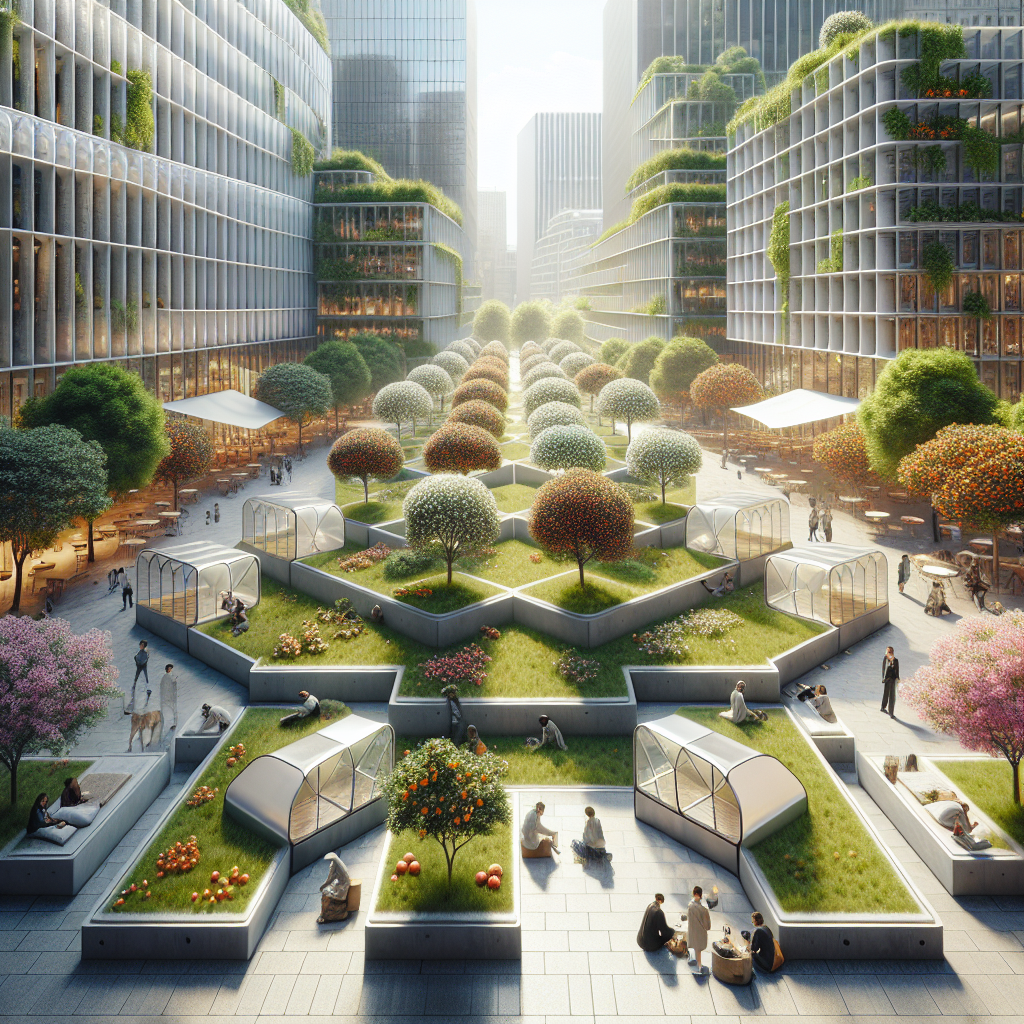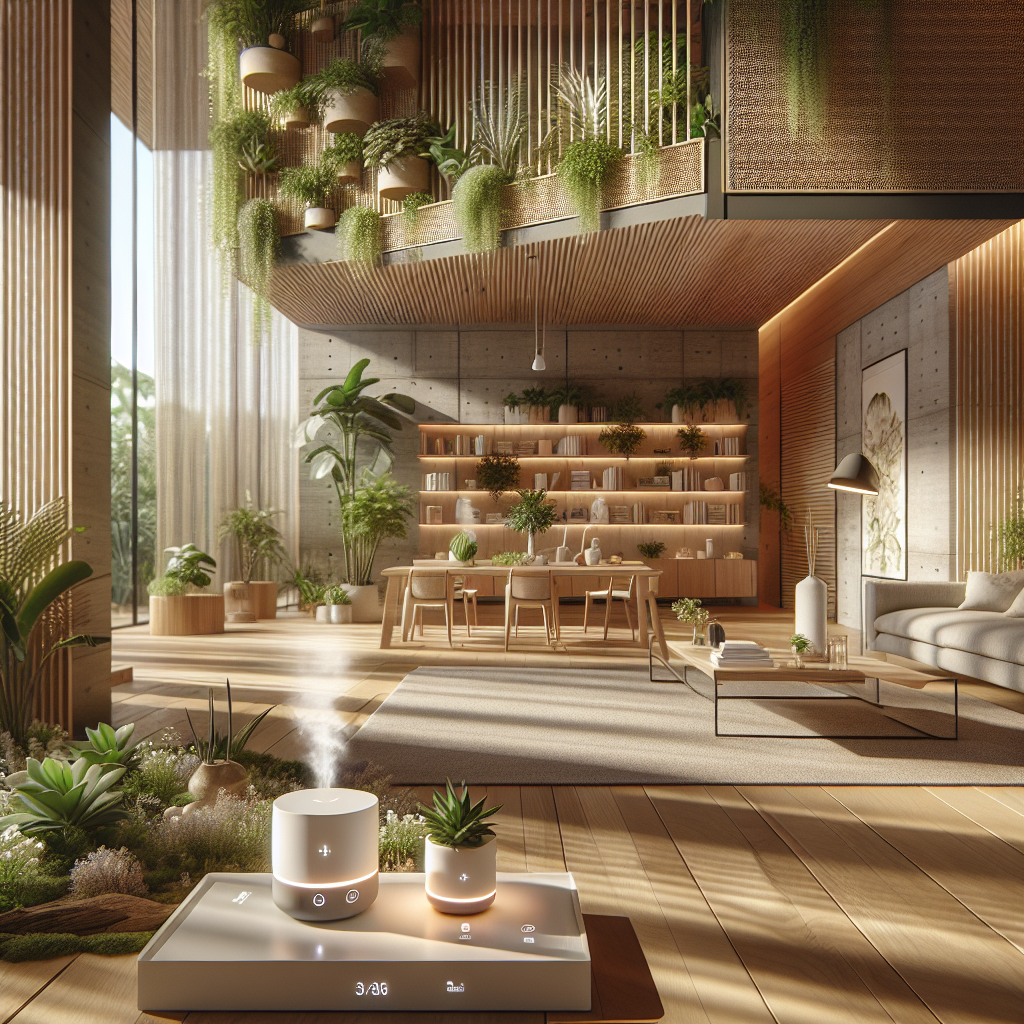Caressed by concrete: smooth trowel finishes for organic-like surfaces

Caressed by Concrete: Smooth Trowel Finishes for Organic-Like Surfaces
Concrete, once the emblem of brutalist austerity, has entered a new era of sensuality. Across contemporary architecture and interior design, the smooth trowel finish—a technique that transforms raw concrete into a tactile, almost skin-like surface—is redefining the material’s expressive potential. This isn’t the cold, industrial concrete of the 20th century; it’s a medium of warmth, depth, and subtle imperfection, capable of evoking the organic softness of clay or stone eroded by time.
The Evolution of Concrete’s Aesthetic
Concrete’s story has always been one of reinvention. From the Brutalist architecture of the mid-century to the minimalism of Tadao Ando’s serene walls, the material has continually adapted to the cultural mood. Today, as designers pursue a more human-centric and biophilic aesthetic, concrete’s transformation is tactile rather than structural. The smooth trowel finish—applied by hand in thin, polished layers—introduces a sense of intimacy and craftsmanship to a material once associated with monumentality.
This evolution aligns with the broader shift toward biophilic design, where natural textures and sensory experiences play a vital role in shaping emotional well-being. Smooth concrete surfaces, with their subtle tonal variations and velvety touch, mimic the organic irregularities of natural materials, creating interiors that feel grounded yet refined.
The Technique: From Rough to Refined
The artistry of a smooth trowel finish lies in its process. Unlike standard concrete pours, which are left raw or mechanically polished, this method involves multiple hand-applied layers of microcement or fine plaster, each meticulously burnished with a steel trowel. The result is a seamless, continuous surface that reflects light softly—neither glossy nor matte, but something in between, like the surface of a river stone.
Architects and artisans often describe the process as “massaging” the concrete. The tactile engagement between hand and material produces a finish that feels alive, its micro-textures shifting subtly under changing light. The technique is labor-intensive, demanding patience and precision, yet it rewards with an unparalleled sensory depth. In luxury interiors, this finish is now favored for walls, countertops, and even bathtubs, offering a monolithic appearance that remains inviting to the touch.
Organic Modernism: The New Language of Concrete
The resurgence of smooth concrete coincides with a renewed fascination for organic modernism—a design language that blends sculptural forms with natural tactility. In projects from Mexico City to Copenhagen, architects are embracing concrete’s ability to evoke the warmth of earth and the fluidity of water. The once-stark material now serves as a canvas for light and shadow, a medium through which designers explore softness within solidity.
Consider the work of Belgian architect Vincent Van Duysen, whose interiors often feature hand-troweled concrete walls that appear to breathe with the changing daylight. Or the Japanese studio Norm Architects, whose projects balance minimalism with material sensuality. Their use of smooth concrete, paired with oak and linen, exemplifies a growing trend toward sensory minimalism—a quiet luxury rooted in touch and texture rather than ornament.
This tactile approach resonates with the same philosophy that underpins wabi-sabi aesthetics: the celebration of imperfection, transience, and authenticity. The hand-troweled surface, with its faint swirls and tonal shifts, captures the human trace within the built environment—a reminder that even in an age of automation, the human hand remains irreplaceable.
Material Innovation and Sustainability
Beyond its aesthetic appeal, the smooth trowel finish reflects a broader commitment to sustainable material innovation. Advances in microcement technology have made it possible to achieve the look and feel of polished concrete with a fraction of the material and energy required for traditional pours. Thin applications—often just two to three millimeters thick—can be applied over existing surfaces, reducing demolition waste and carbon footprint.
This aligns with the architectural movement toward circular design principles, where longevity and adaptability are prioritized over disposability. Many contemporary microcements are formulated with low-VOC binders and natural pigments, further enhancing their environmental credentials. As sustainability becomes an essential criterion in high-end design, the smooth trowel finish offers both ecological responsibility and aesthetic refinement.
Light, Texture, and the Sensory Experience
The beauty of a smooth trowel finish lies not only in its appearance but in its interaction with light. The surface captures illumination in a way that feels almost atmospheric—diffusing it gently, creating gradients that shift throughout the day. In residential settings, this effect transforms interiors into living environments that respond to time and weather. In hospitality design, it lends a sense of calm sophistication, enveloping guests in a cocoon of muted tones and soft reflections.
This interplay of light and texture recalls the sensory principles explored in sensory design, where materials are chosen not merely for their visual qualities but for their ability to evoke emotion. Smooth concrete surfaces invite touch; they slow the pace of perception, encouraging occupants to engage physically with their surroundings. In an increasingly digital world, this tactile connection to materiality feels both radical and restorative.
Case Studies: Concrete as Craft
In Milan, the boutique hotel Casa Mutina features walls finished in hand-troweled concrete that seem to shimmer under diffused skylight, blurring the line between architecture and sculpture. In Los Angeles, Studio KO’s private residences employ similar techniques to achieve a desert-like serenity—walls that appear sun-bleached, surfaces that recall the texture of dry riverbeds. Meanwhile, Scandinavian designers are integrating smooth concrete into spa interiors, where its cool touch contrasts with the warmth of timber and water.
These examples underscore a critical shift: concrete is no longer a structural necessity but a material of emotion. Its surface can be sensual, its presence meditative. The smooth trowel finish transforms it from an industrial medium into a vessel for atmosphere and intimacy.
The Future of Tactile Architecture
As digital fabrication and parametric design continue to redefine the possibilities of form, the smooth trowel finish reasserts the value of the handmade. It stands as a counterpoint to algorithmic precision—a reminder that true luxury lies in the imperfections of human touch. In the coming years, we can expect to see this finish integrated into hybrid materials, where concrete merges with bio-based binders or responsive pigments that change with humidity and temperature.
The tactile renaissance of concrete also reflects a cultural longing for authenticity. In a world saturated with digital surfaces, the physicality of a hand-troweled wall offers grounding. It speaks to the same emotional need that drives the resurgence of natural materials and artisanal craft in contemporary design. Concrete, once the symbol of urban hardness, is now being caressed into softness—a poetic inversion that defines the material zeitgeist of our time.
Conclusion: The Sensuality of Solidity
To be caressed by concrete is to experience the paradox of modern design: strength rendered tender, permanence imbued with warmth. The smooth trowel finish encapsulates this duality, bridging the tactile and the architectural, the industrial and the organic. It invites architects and designers to think not only about how spaces look, but how they feel—to the hand, to the body, to the soul.
In the end, the appeal of these organic-like surfaces lies in their quiet power. They remind us that architecture is not merely built—it is crafted, felt, and lived. And in that subtle, shimmering layer of hand-polished concrete, the future of material expression finds its most human form.
Keywords: smooth trowel finish, concrete surfaces, organic architecture, tactile design, microcement, sensory interiors, biophilic design, sustainable materials








